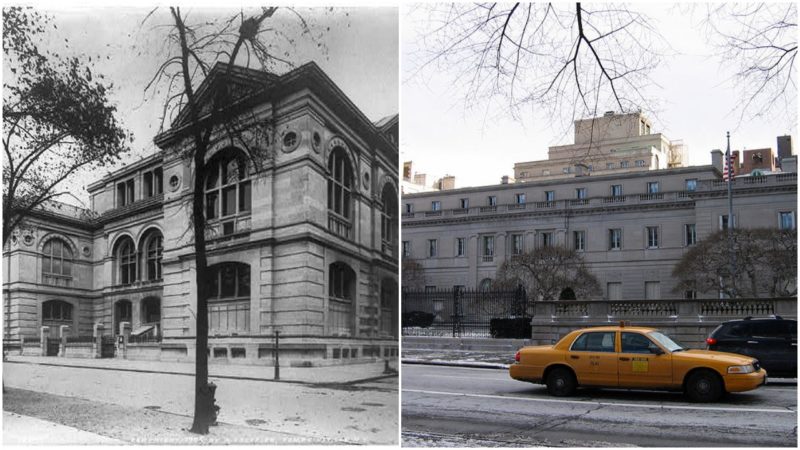Standing between Fifth Avenue and 96th street, Upper East Side is considered to be one of New York’s richest areas, where apartment prices are more often than not expressed in seven digits.
The area was initially the site of a number of fishing camps and was mostly populated by the Lenape: the indigenous people of the Eastern Woodlands.
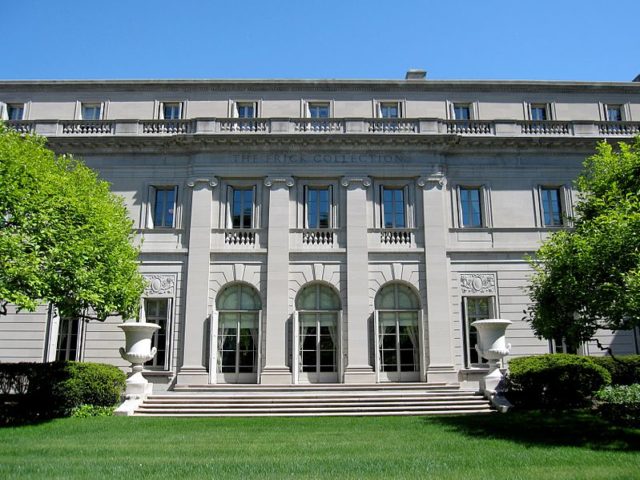
At the start of the 20th century, rich business owners started to build mansions for themselves along Park Avenue. One of these businessmen was Henry Clay Frick, and his mansion will forever be remembered in the history of New York.
Henry Frick was born in West Overton, Pennsylvania, the son of John W Frick — a gentleman whose life was filled with a number of failed business attempts. Unlike his father, Henry would reach the top of America’s elite.
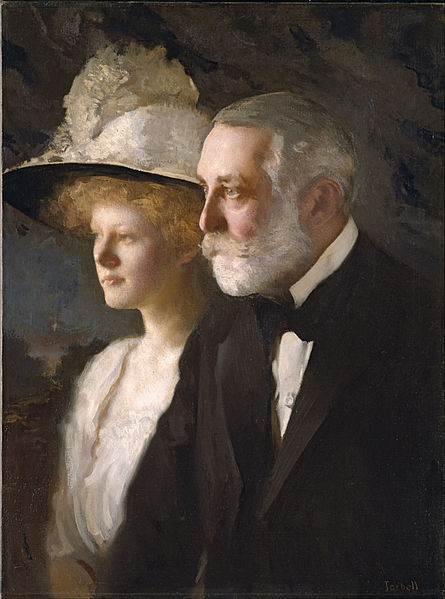
Aged 21 and a college dropout, Frick set forth to create a small partnership with a friend and two cousins. He vowed that this business would make him a millionaire and he was right, as the partnership proved to be a stepping stone to his success.
In 1881, Frick met Andrew Carnegie, a Scottish-American industrialist and magnate. It wasn’t long before their friendship bore fruit and the two of them created a partnership. As time progressed, Carnegie started to dislike Frick and this rivalry destroyed their partnership.
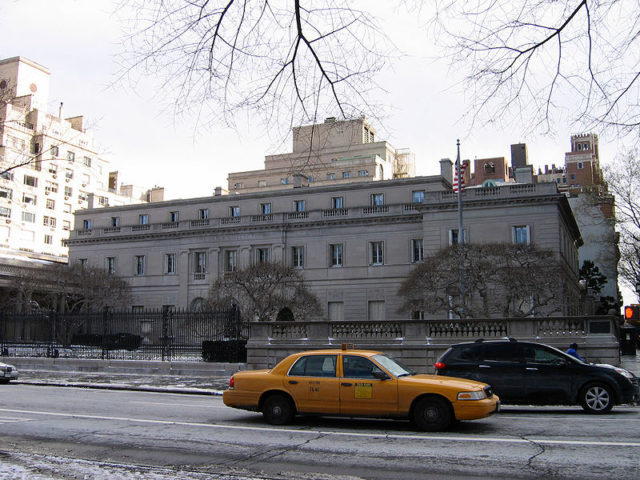
Subsequently, Frick decided to move to New York. In 1905, he leased one of the Vanderbilt Houses that was located at 640 Fifth Avenue. He and his family lived in the house for nine years. The whole area was filled with private mansions, clubs, and hotels, likening it to a little kingdom. Carnegie also owned a mansion in the area.
During the summer months of 1906, Frick purchased Lenox Library – a struggling library that housed the private collection of the American bibliophile James Lenox. There was nothing Frick could do for the library and it had to relocate the collection. In 1912, Lenox’s collection became part of the New York Public Library.
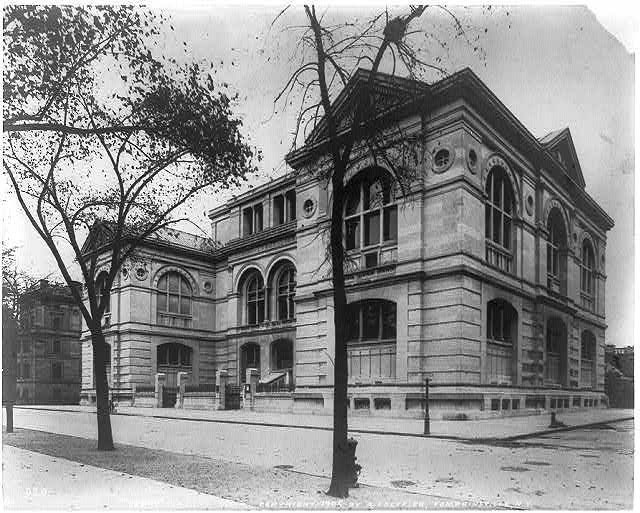
The same year, Frick had Lenox Library demolished. With a clean site for a building, Henry hired Thomas Hastings, the designer of New York Public Library.
“The result was a three-story Beaux-Arts mansion clad in limestone, featuring a 100-foot picture gallery, a garden on the Fifth Avenue side of the house, and an interior courtyard,” writes the Frick Collection website.
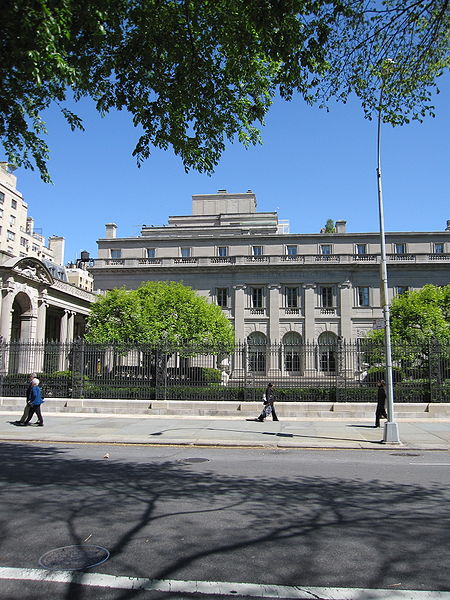
In November 1914, Frick and his family – his wife Adelaide Howard Childs and his daughter Helen Clay Frick – moved into the mansion. He also had a son, but he married in 1913 and made his home elsewhere.
By 1916 the house was completely furnished and the huge art collection that Frick owned was brought into the house. Even though this was his dream-home, he enjoyed it only briefly as he passed away in 1919.
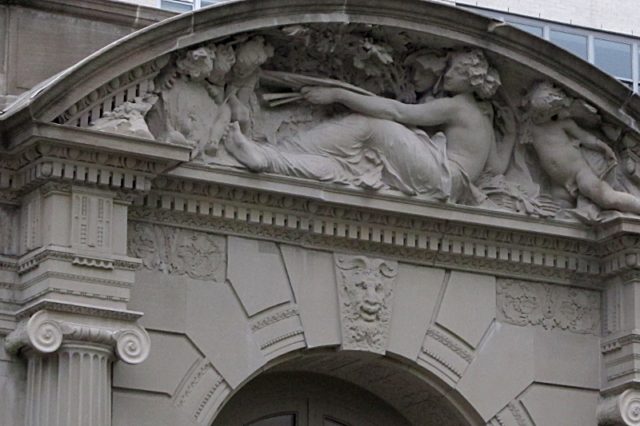
It was Frick’s wish that after his death, the house with everything in it – furniture, art, decorations – would be converted into a museum. The family, however, continued to live in the house until Adelaide’s death. The building was converted into a museum four years later.
In 1935, the museum was officially opened to the general public. Since then, the property has been altered a number of times but still remains in use as a museum and is listed as a National Historic Landmark.
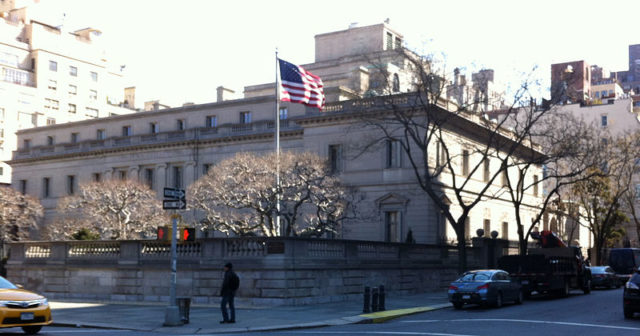
According to Stan Lee – comic-book writer and co-creator of a number of characters such as Spider-man, Doctor Strange, The Hulk, Daredevil, Fantastic Four, and X-men – the fictional Avengers Mansion at 890 Fifth Avenue was modeled on Frick’s mansion.
